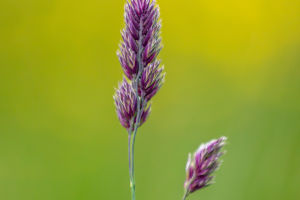The oriole is a medium-sized songbird and is the generic name for 29 species of orioles in the Finchidae order. Generally, the term oriole refers to the common oriole with a black cushion, also known as the Baltimore oriole or yellow bird.
The black-cushioned oriole is a beautiful and colorful bird, with sharp, blood-red eyes, a thick pink beak, and short, leaden blue, feeble feet. Its most attractive feature is its yellow plumage. The male's feathers are golden yellow, shiny, and very bright, while the female's feathers are yellow-green and slightly gray.
Juveniles are similar to females, but they have more black feathers with a dry pattern. Both male and female orioles have black wings and the middle of the tail. On both sides of the head, there are wide black stripes that run through the eye area to the occiput. These black markings subtly decorate the oriole, making it both gorgeous and unpretentious.
Orioles are not only remarkable in appearance, but they also treasure their feathers. They primarily move in the canopy of tall trees and rarely come down to the ground, making them very clean birds. They prefer to live in flocks and enjoy walking through the woods in pairs. On a warm spring day, orioles fly on breezy wings, resembling a cloud floating in the air.
Their bodies are beautiful and elegant, and their feathers are colorful.
Orioles primarily live in broad-leaved forests, and most of them are resident birds. However, a few species have migratory behavior and do not flock when migrating. They are arboreal birds that fly between branches to feed on insects and berries, rarely moving to the ground.
Insects and berries comprise the oriole's diet. Orioles are famous insect-eating birds with beautiful plumage and pleasant songs. They are timid by nature and are not easily seen at the top of trees. However, their loud singing can help locate them.
Orioles are mainly found in warm areas and have a horizontal body posture when perched in trees and a straight posture when in flight.
Males have a clear and pleasant song during the breeding season. They usually build their nests on the bases of horizontal branches of tall trees. Both males and females weave a hanging basket-like nest of bark, hemp fibers, and grass stem between the horizontal branches. Most nests are made of long, thin plant fibers and grass stems, with a tight structure.
Females can lay 4-5 eggs per clutch. The eggs are pink with rose-colored sparse spots and shiny eggshells. The female incubates the eggs for 13-15 days, and both parents take turns caring for the chicks once they hatch. The chicks can leave the nest after 14-15 days and still require parental care for about 15 days after leaving the nest.
The oriole is not only naturally elegant, but it is also a natural singer. Like other birds, the oriole's vocal organ is the vocal tube, which develops specifically from the wall of the trachea at the junction of the trachea and bronchi. The oriole is on par with songbirds such as the painted oriole, the pachyderm, and the lark.
Its vocal muscles are particularly well-developed. The song of the oriole is as clear and mellow as running water, achieved through the skilful regulation of the vocal muscles by the nervous system.
In addition to their striking appearance and beautiful singing, orioles play an important role in their ecosystem.


